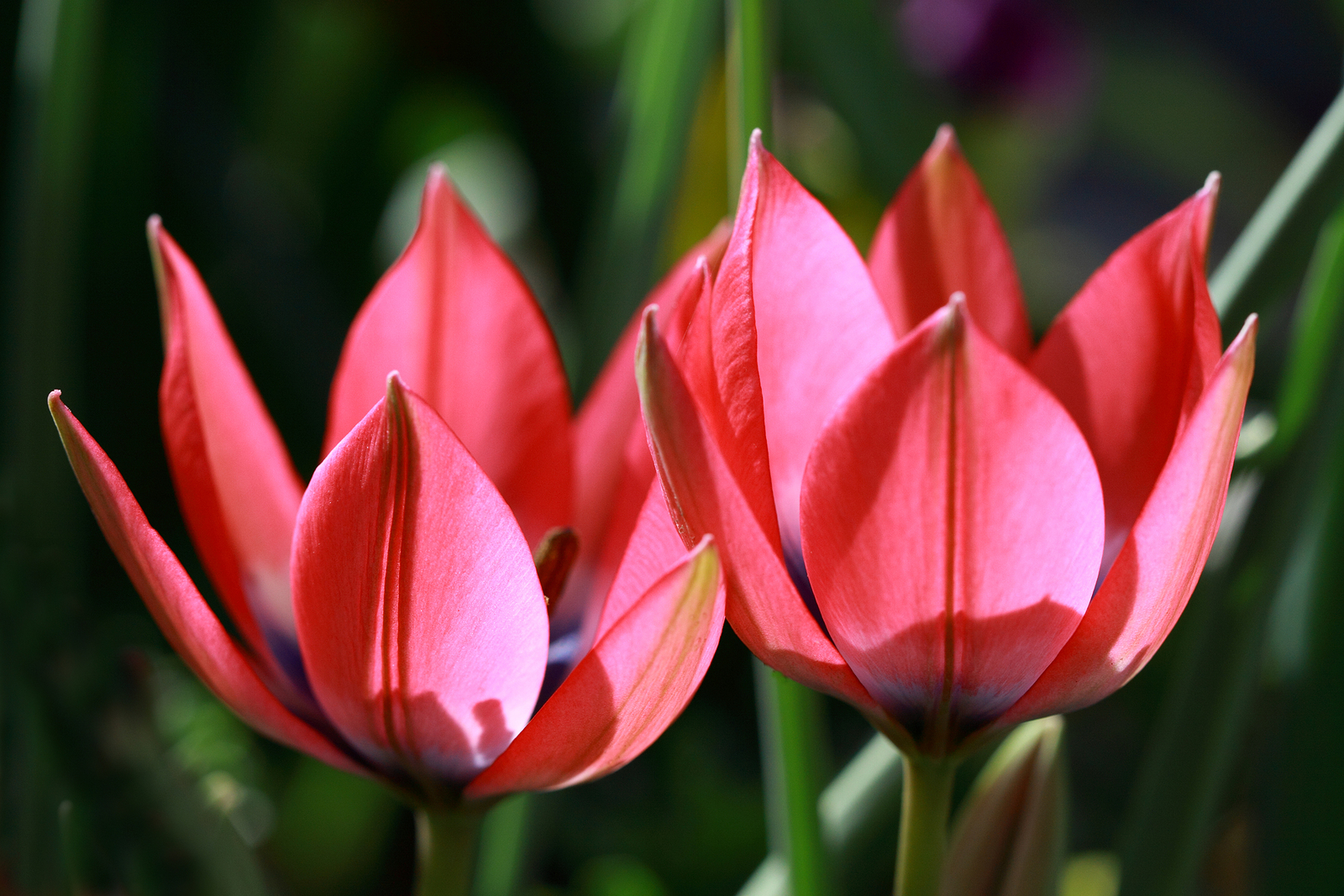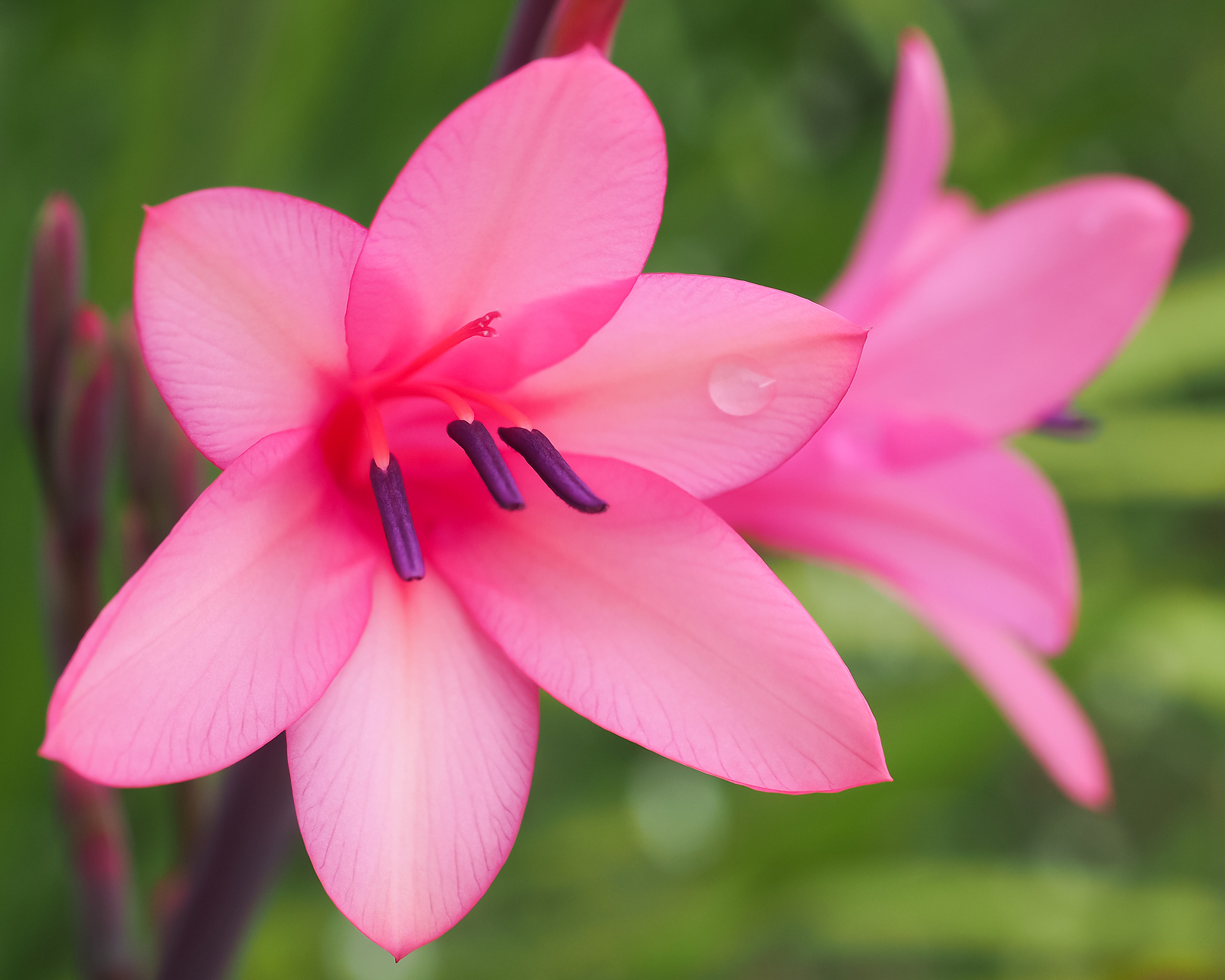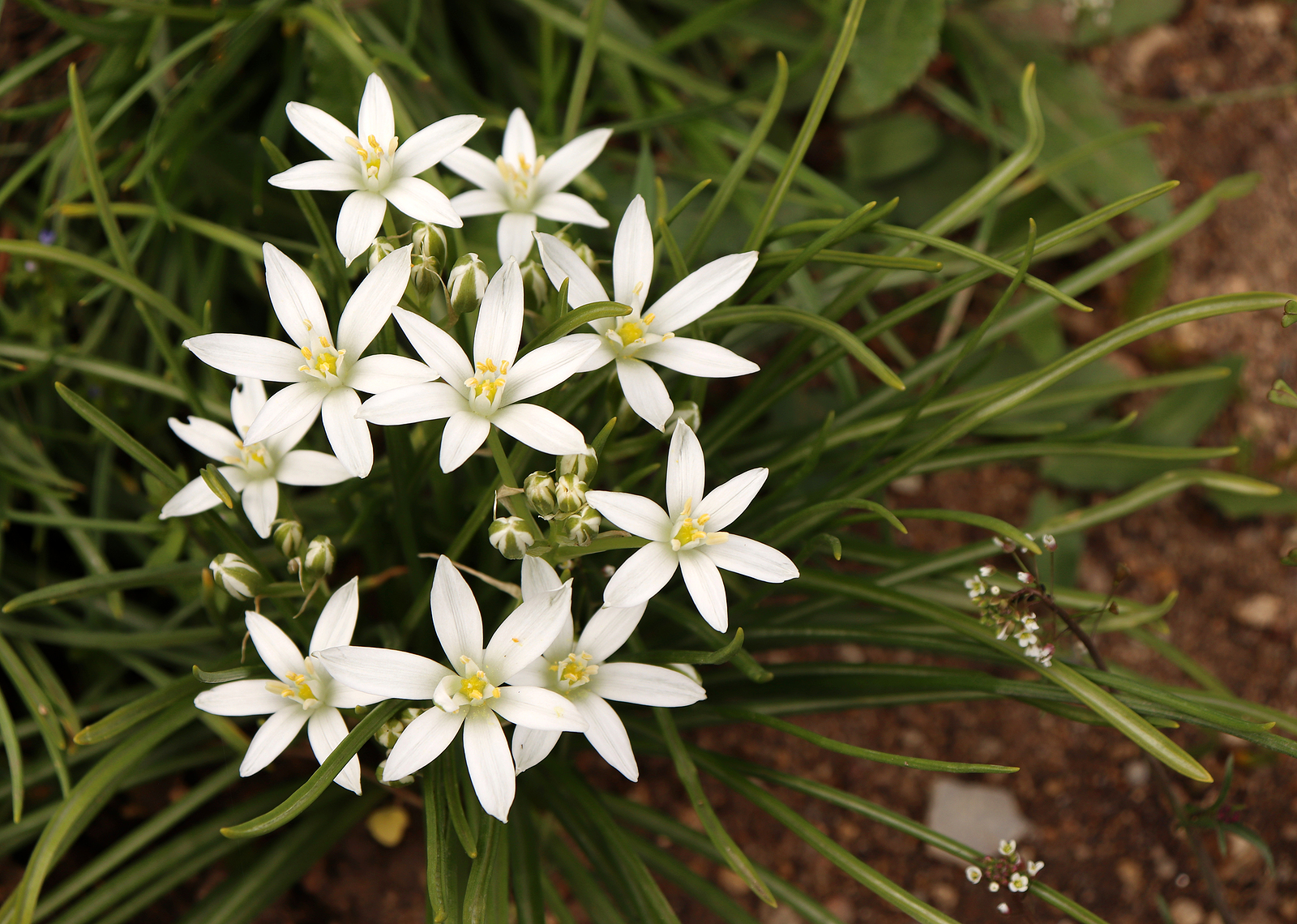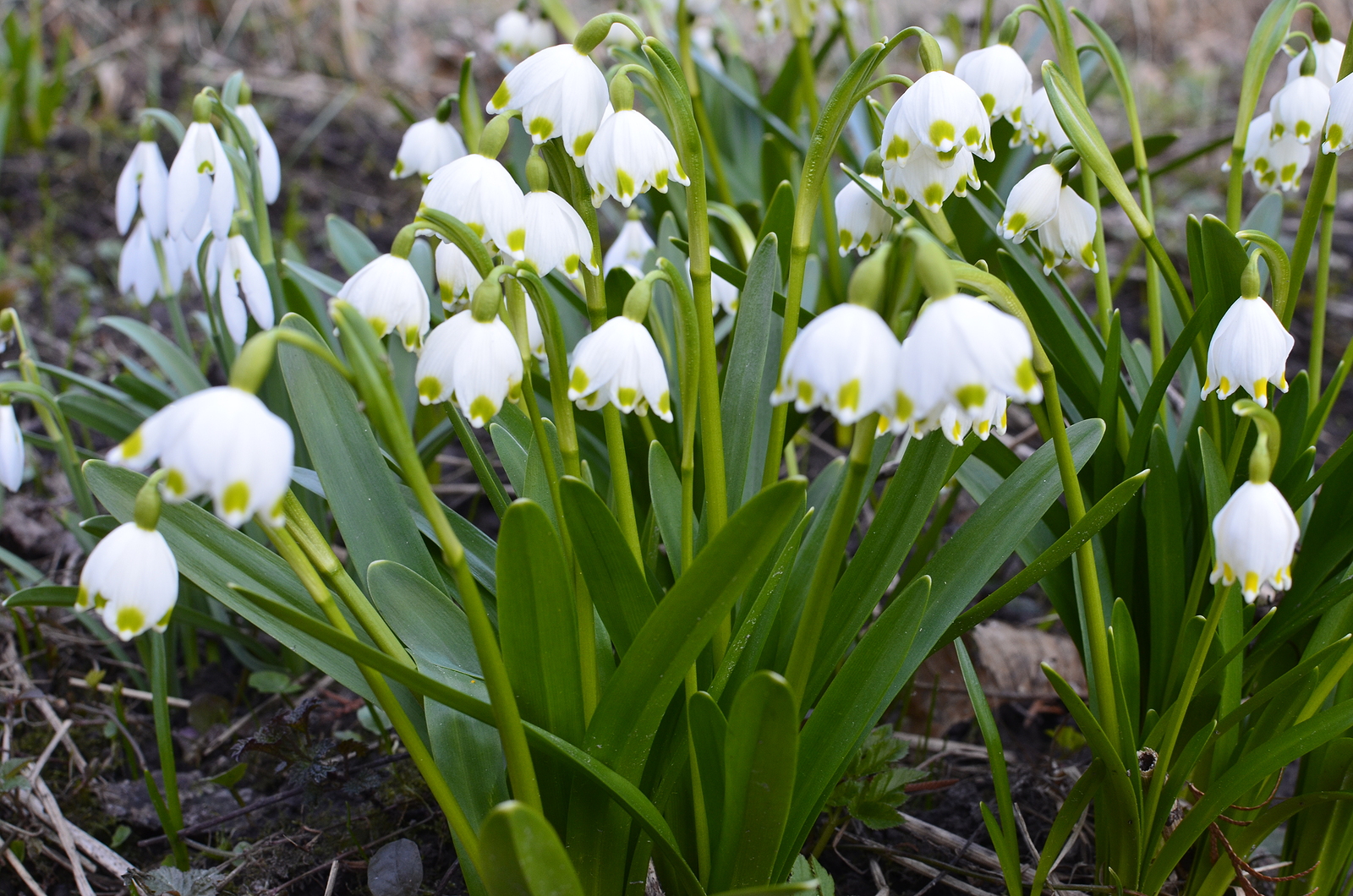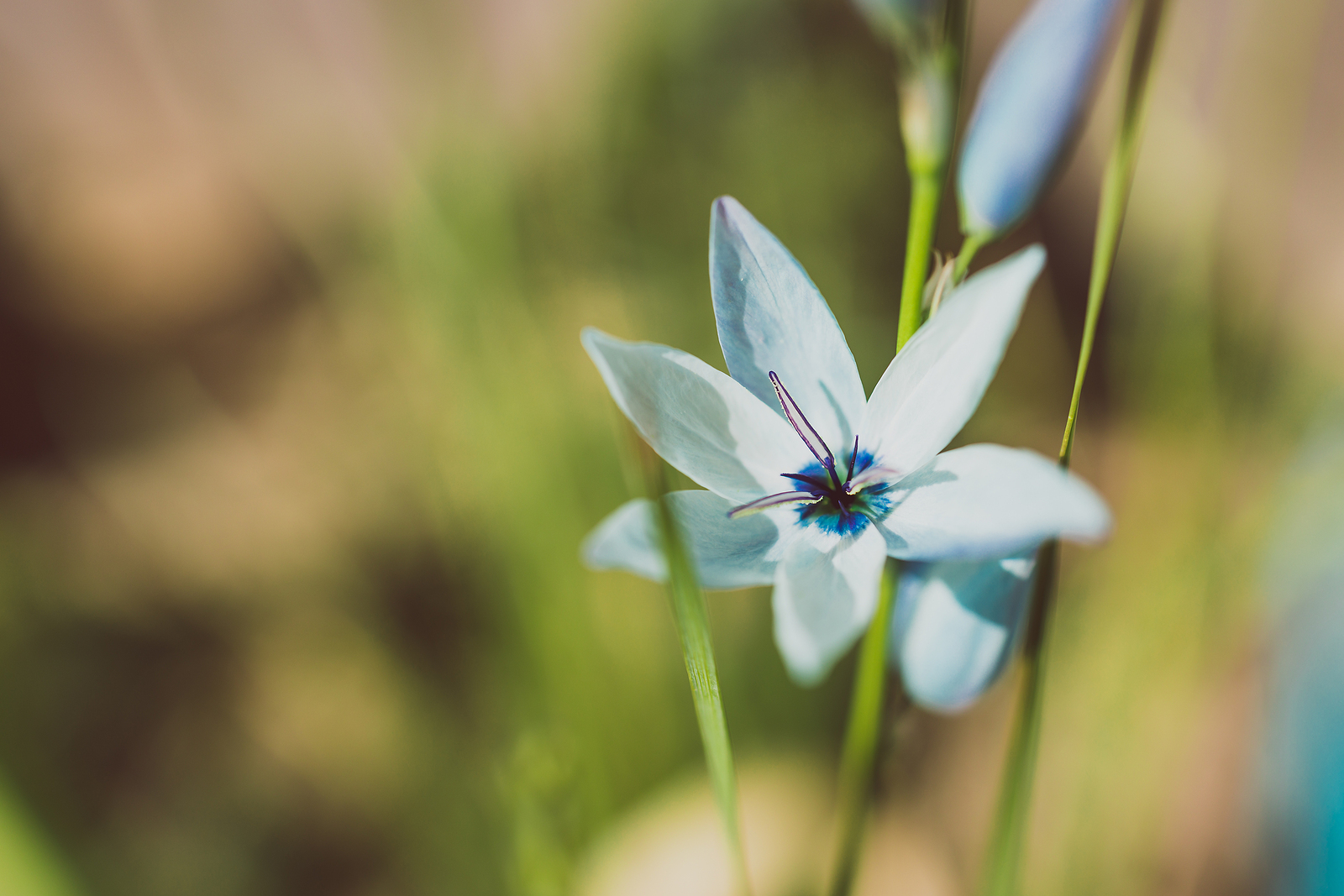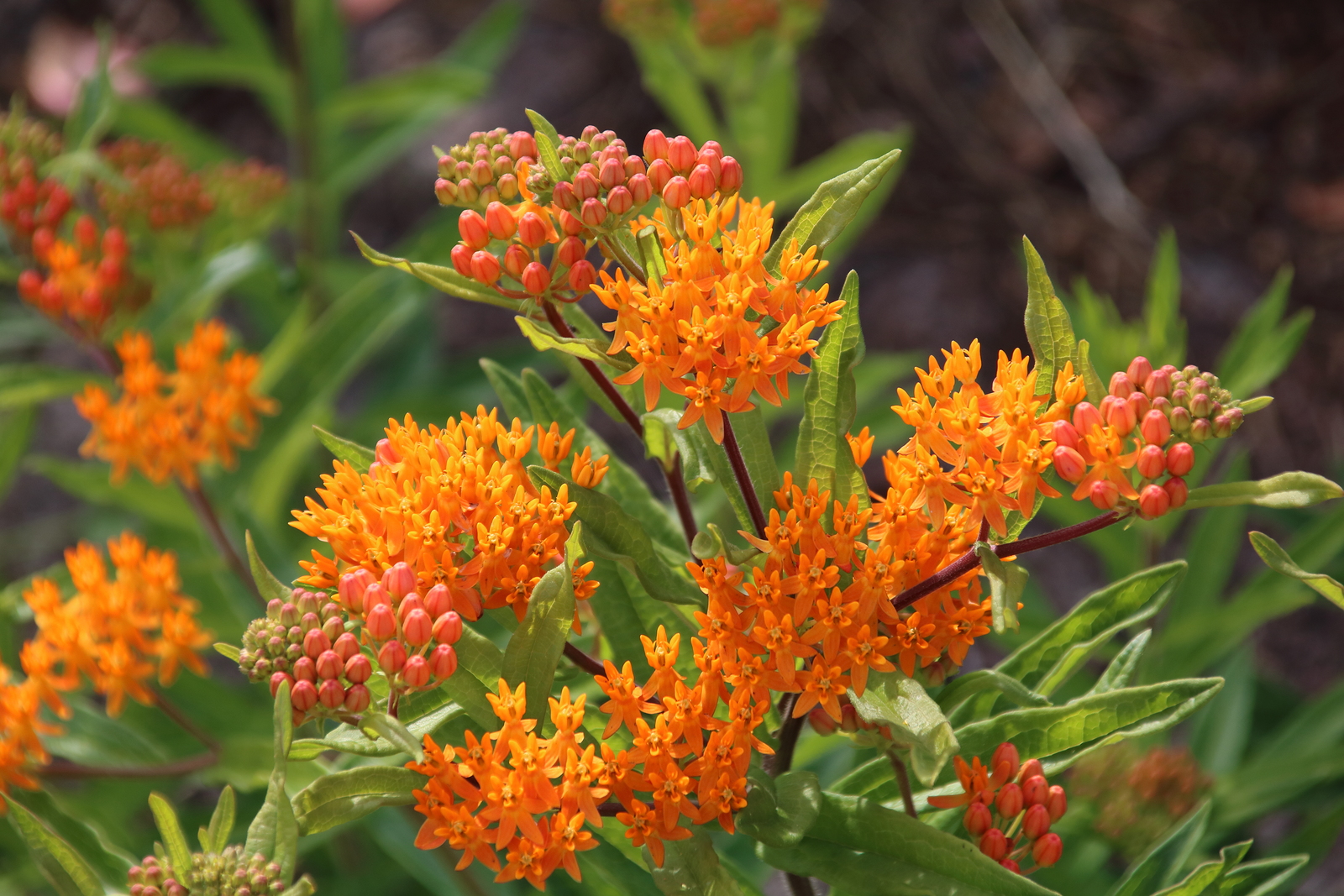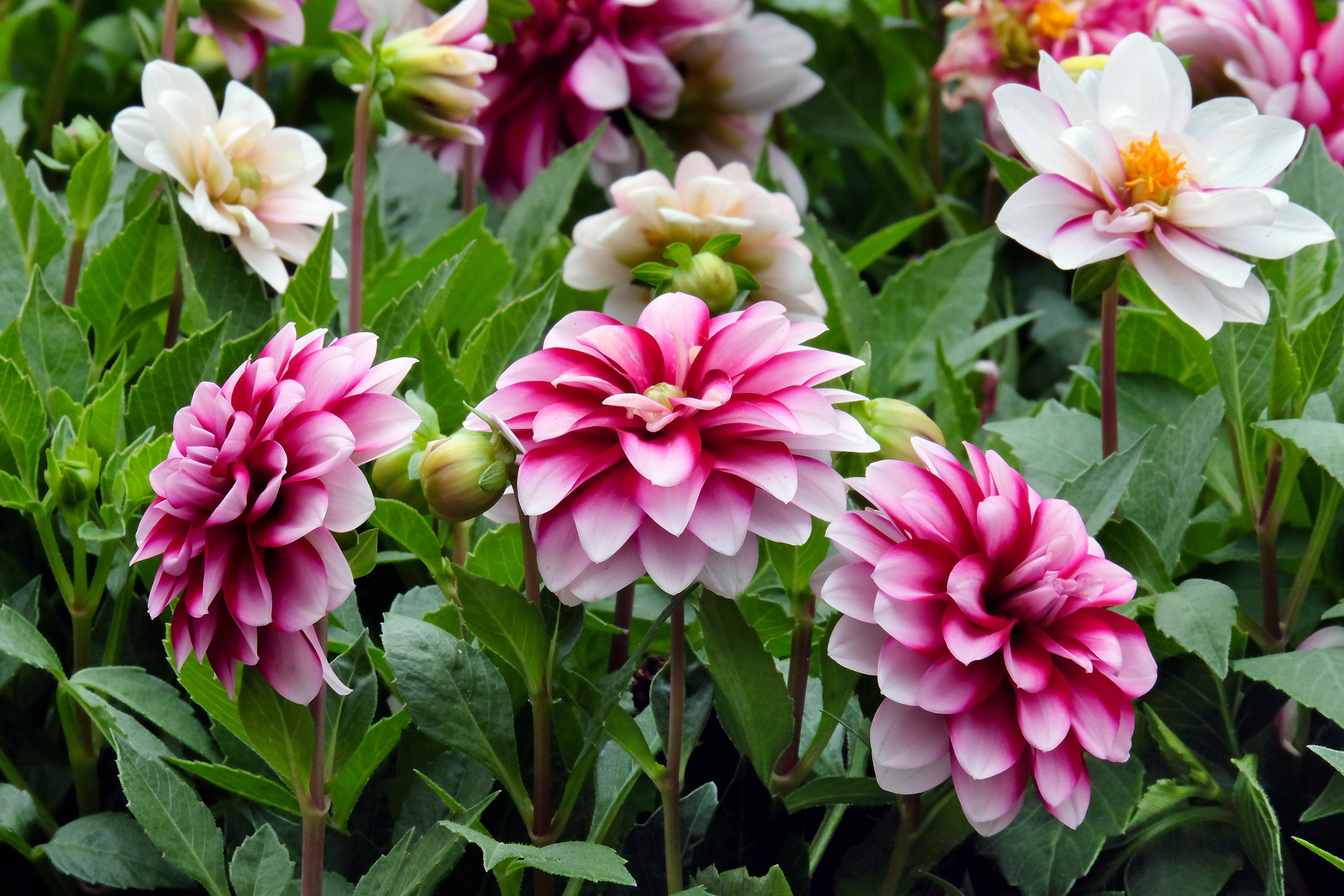How to Grow Milk-and-Wine Lilies — Crinum
Crinum — commonly called milk-and-wine lilies–are tender perennials grown for their showy umbels of usually funnel or bell-shaped white flowers that resemble lilies. The fragrant flowers rise in spring or summer from clumps of long, strap-shaped leaves. Some Crinum species have flowers with very narrow tepals that create a spidery effect; they are sometimes called spider lilies. […] More



